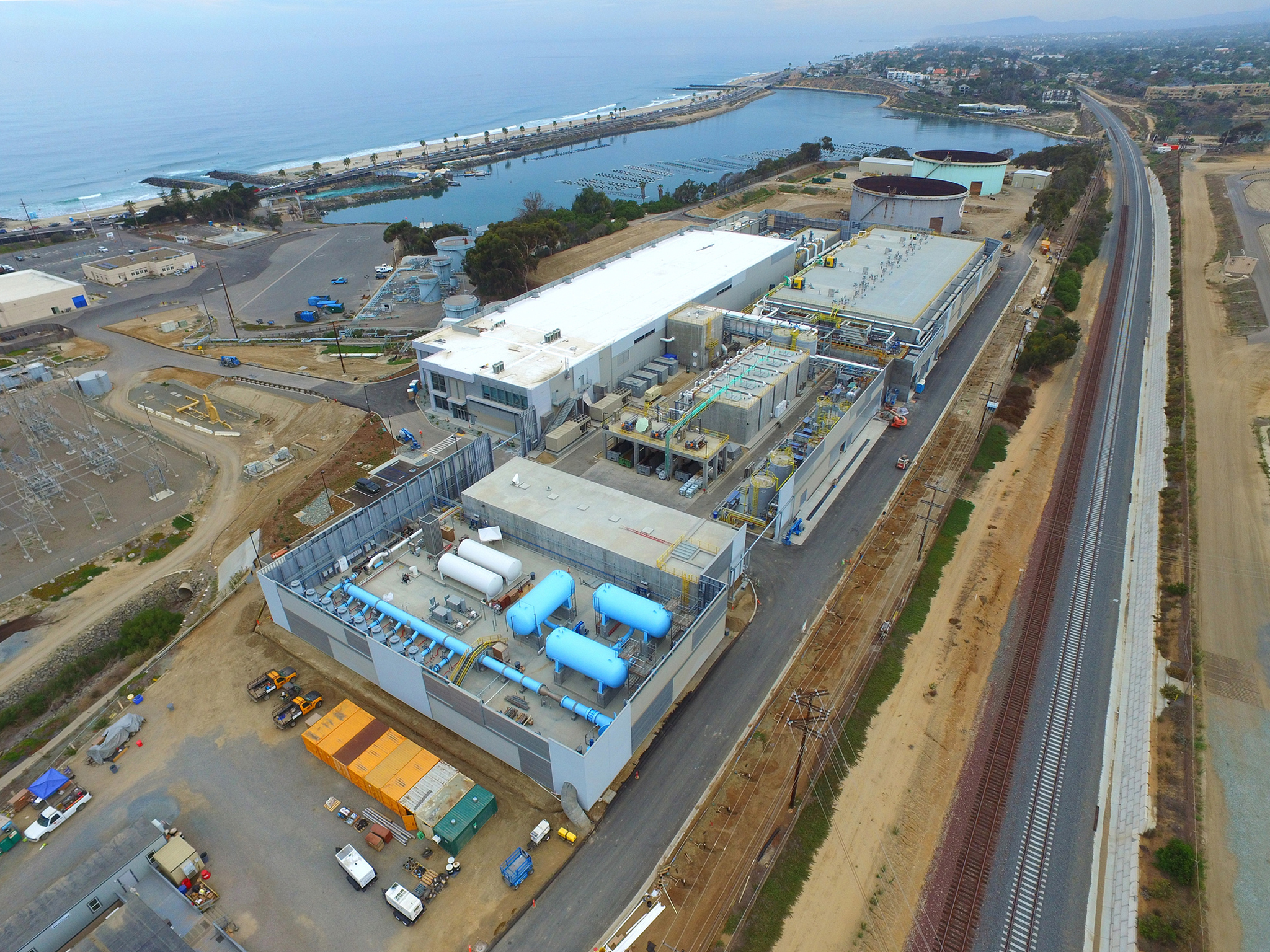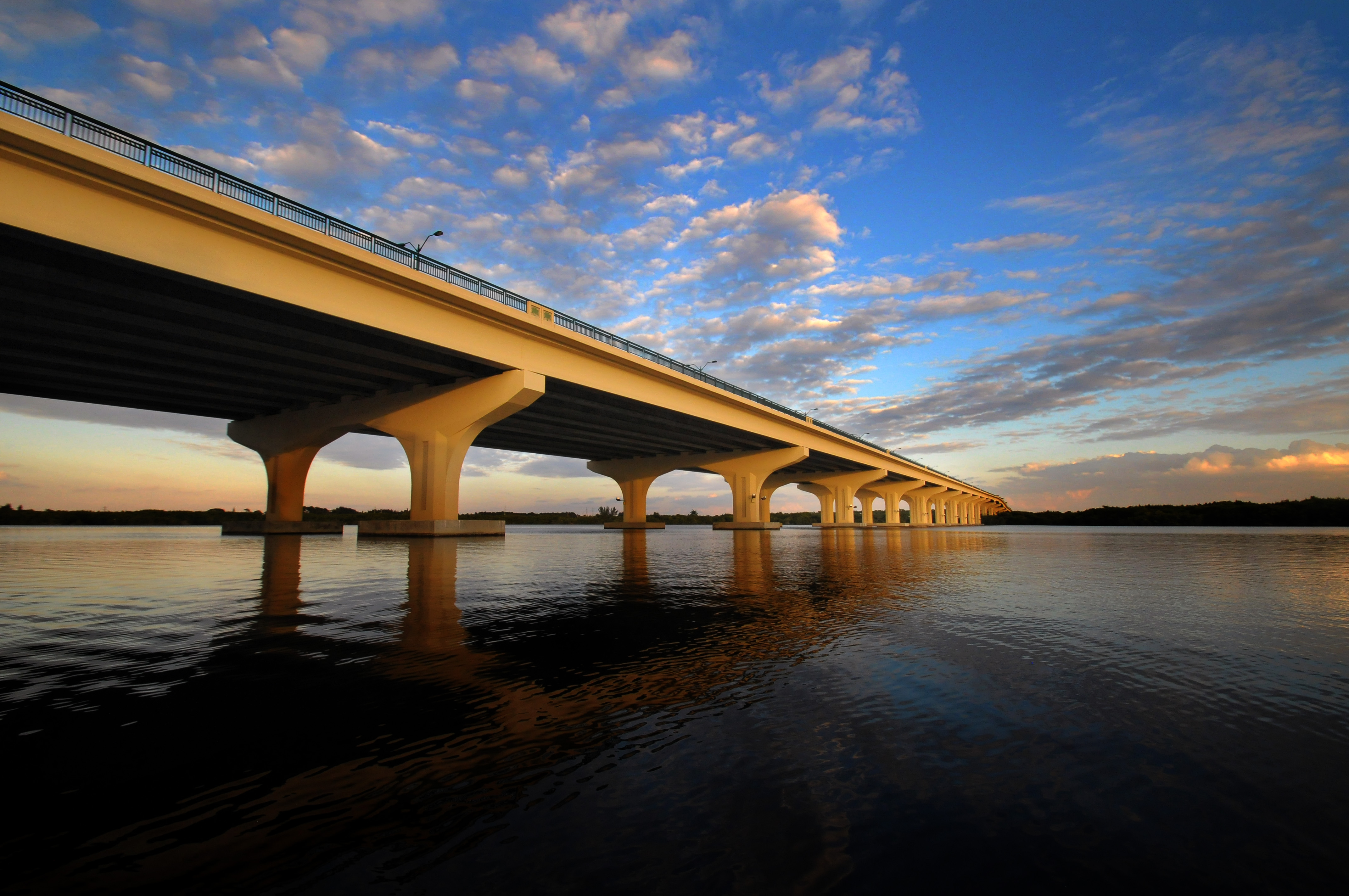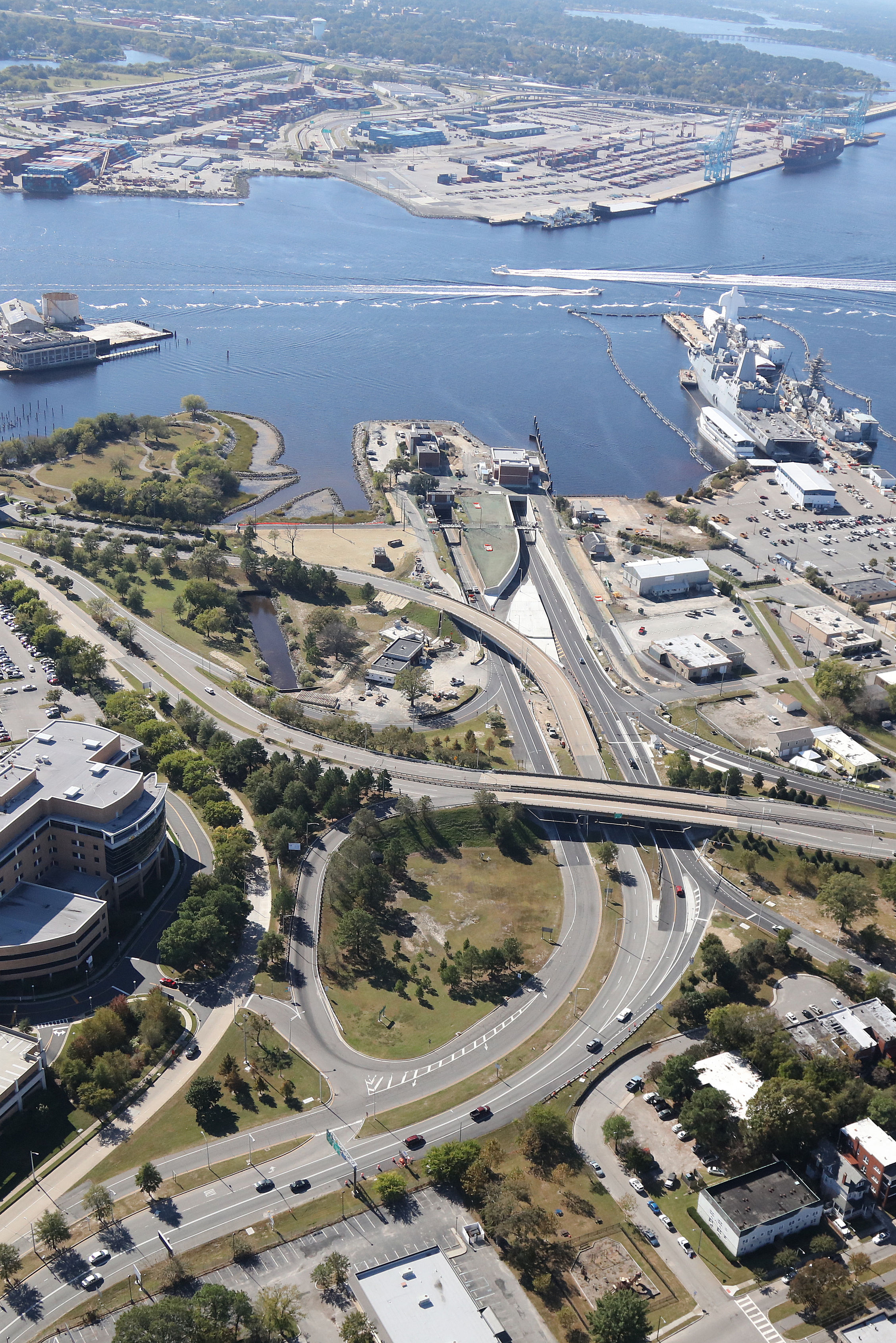Illinois
Illinois saw an expansion of design-build authority through the passage of SB 3128 and SB 3561 to extend design-build authorization for the Capital Development Board and the Public Building Commission. The General Assembly also passed a bill to authorize five design-build demonstration projects for schools, subject to the approval of the State Board of Education. Significant legislation was also introduced this session to authorize the Illinois DOT and State Tollway Authority to use design-build. The legislation would have limited design-build to comprise only 20% the Department’s multi-year highway improvement program for any 5-year period. The bill passed the Senate but has failed to gain consideration in the House. We are optimistic that we will see a similar proposal next session.
California
California’s budget bills passed this year with over $211 million earmarked for design-build projects. The Legislature passed AB 2654 this year to authorize Orange County and the Orange County Flood Control District to use design-build. The bill limited design-build use to 12 projects more than $5 million before 2025 and required public employees to retain control of predevelopment and preparation of project designs. While these provisions limit innovative and collaborative approaches to delivering design-build projects, we celebrate its passage as an expansion of design-build authority.
Iowa
Legislation that would have authorized design-build for all state and local agencies (except for the DOT) missed a key deadline for the House State Government Committee and has died for this session. Our focus has shifted to opposition of legislation that would add barriers to the Board of Regents’ authority to use design-build. Currently the Board of Regents is the only state agency authorized to use design-build in Iowa.
Indiana
HB 1015 would have applied the state’s anti-indemnity agreement statute to design-build contracts. The bill would have prohibited agreements that require indemnification and defense of a promise for certain types of liability. The Senate Civil Law Committee amended the bill to study the issue of indemnity agreements in design-build next year, effectively killing the proposal for 2018.
Minnesota
Industry groups were working this session to introduce legislation to gut the current “best value” law, replacing the current criteria and forcing state agencies to base their selection 85% on price. DBIA opposed this bill and it failed to gain traction this session. Minnesota also passed several pro-design-build bills including SB 3297 which authorized design-build for the City of St. Paul’s $137 million water facility and the state bonding bill which authorized $825 million for infrastructure projects with design-build set-asides.
New Jersey
Another bill we supported, SB 865, passed this session to authorize P3s for state agencies (including South Jersey Port Corporation and New Jersey Transit), local governments and school districts. The legislation was signed by Governor Phil Murphy in August at a press event where the Governor said, “Democrats and Republicans alike recognize the tremendous benefits that can arise when public officials and private sector partners work together. By doing so, we give state, county, and local officials the much-needed flexibility they need to improve their communities while creating good-paying new jobs.”
New York
Governor Cuomo and legislative leaders were able to pass a budget this session to authorize design-build for the NYCDOT’s Brooklyn Queens Expressway project, the Rikers Island Redevelopment project and the New York City Housing Authority. DBIA supported this effort, working with the Governor’s team both in the development of the final proposal and the preceding industry dialogue through an industry symposium this past June.
Pennsylvania
PA SB 1005 which would authorize design-build and provide an exemption from the Separations Act for economic development authorities for specific county projects has passed the General Assembly and awaits the signature of the Governor. This would be a major win for a state where the Separations Act, which requires multiple-prime delivery for all state funded projects, prevents any use of design-build. We will continue to work with coalition partners in Pennsylvania to push SB 744 and HB 1529 to repeal the Separations Act. Working with broad industry support, our coalition is hoping to see a committee vote in the early part of 2019.
Virginia
Legislation was reintroduced this session that would have put a $40 million threshold on design-build projects let by state institutions of higher education and local governments. After rallying our members, meeting with all the bill sponsors and committee members considering the bill, and testifying in opposition in the Senate, the bill was pushed back for consideration until 2019. This was the second year this bill has been introduced and we have successfully opposed it both times.




